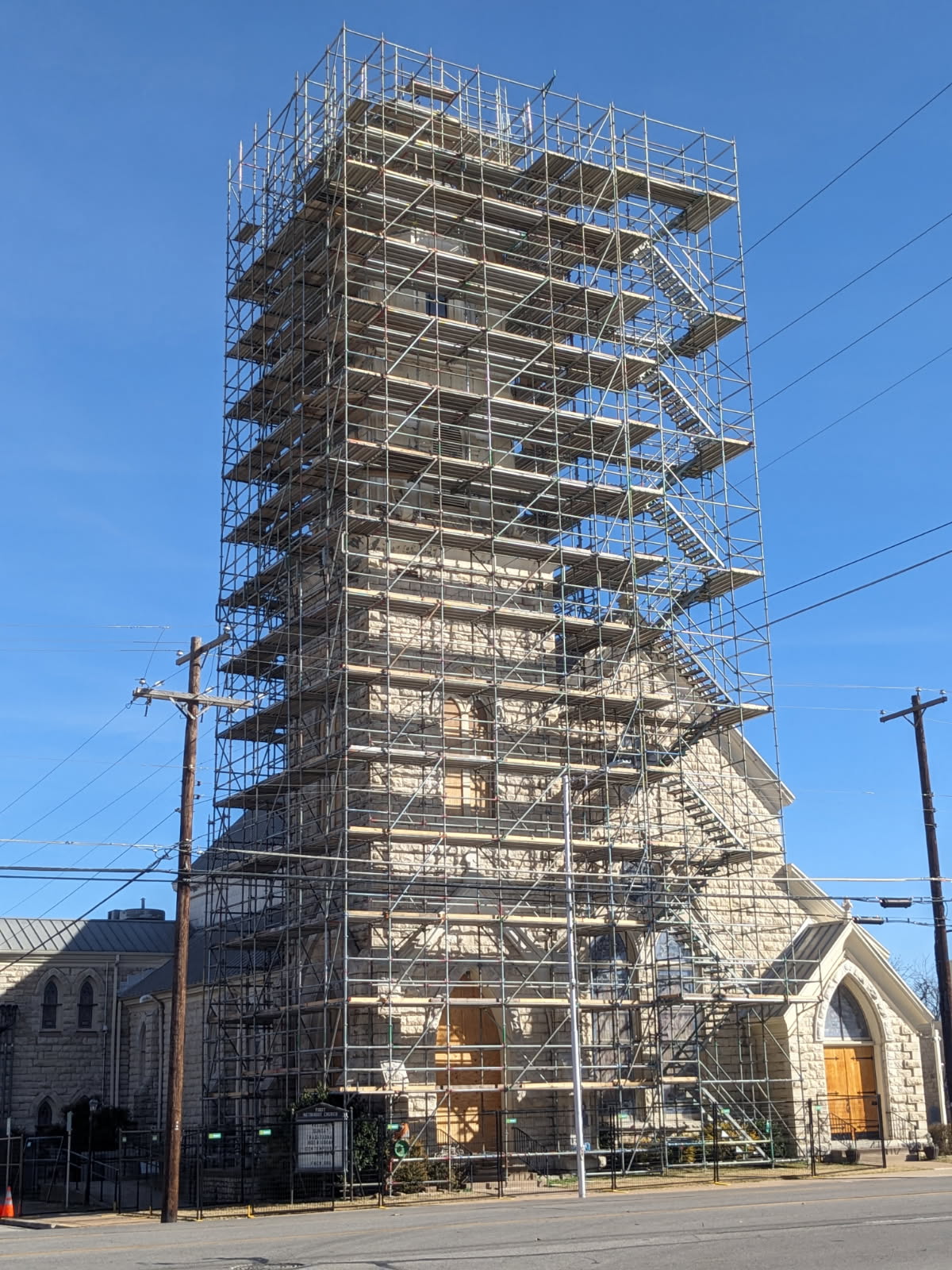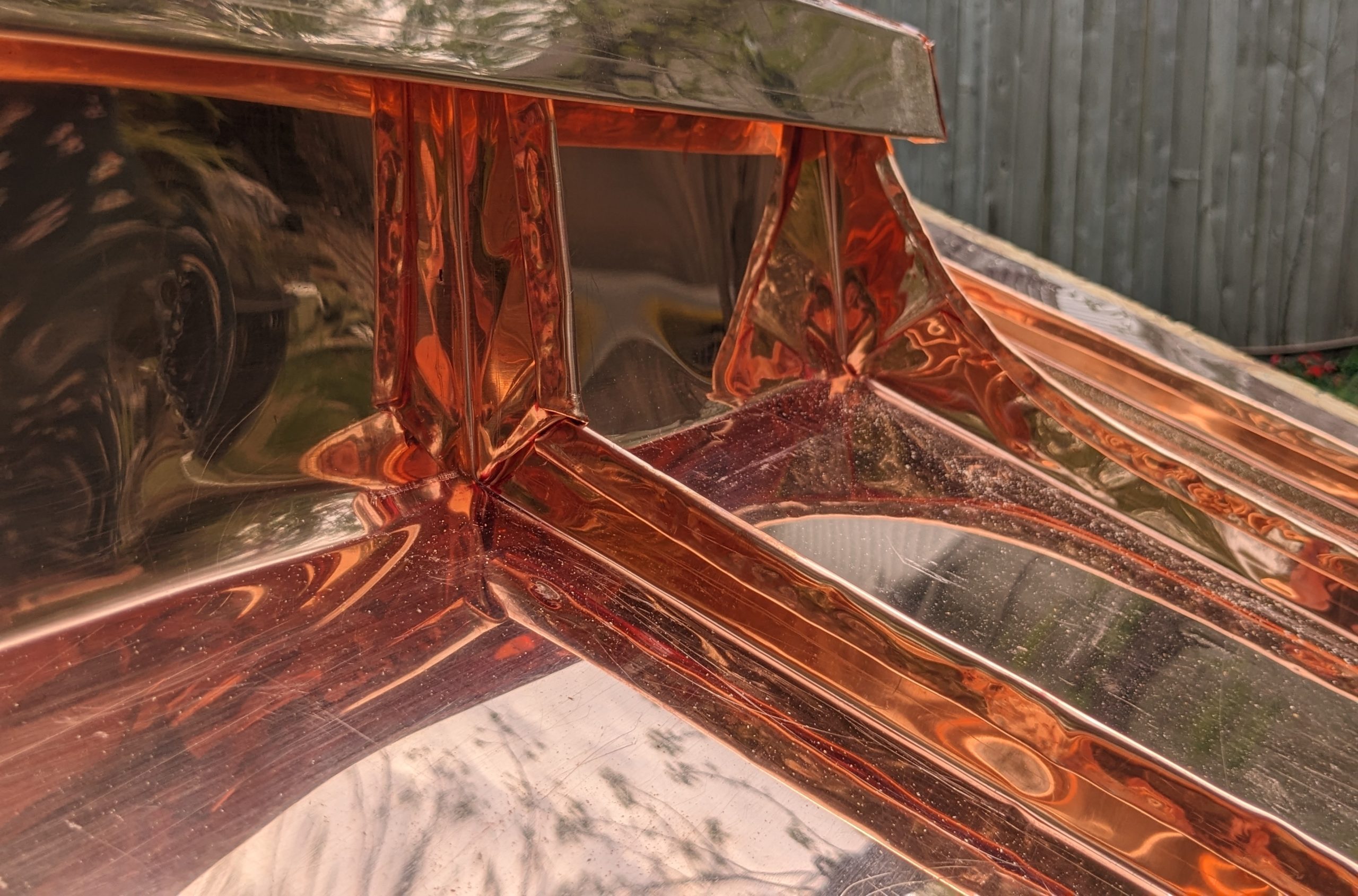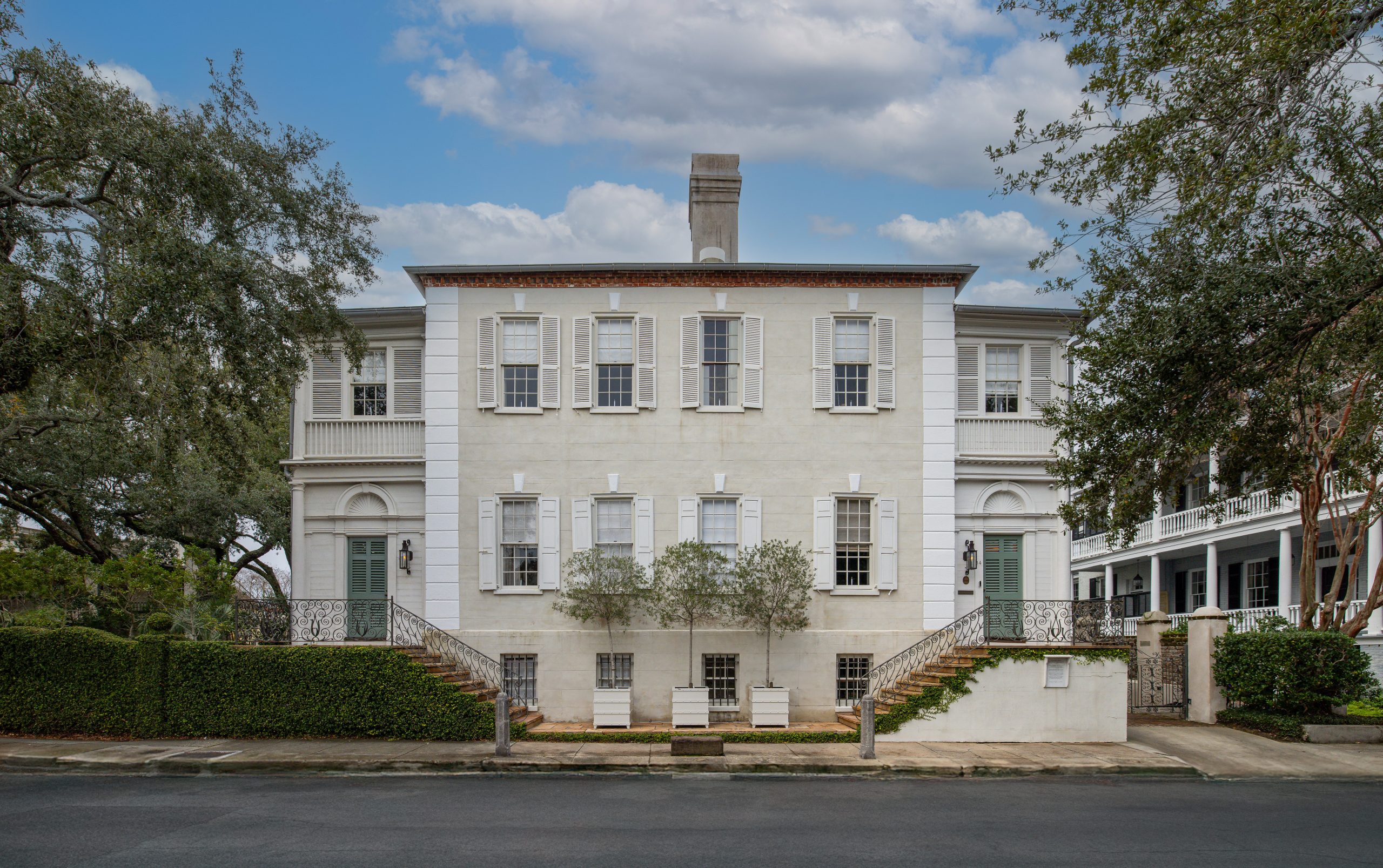When it comes to protecting your house from the elements, few components are as crucial as the roofing system. Over the years, roofing materials and techniques have evolved significantly, with modern conventional metal roofing becoming a popular choice due to its durability and ease of installation. However, in the pursuit of progress, we often overlook the timeless merits of traditional European metal roofing techniques. In this article, we delve into the unique advantages that traditional European metal roofing techniques offer over their modern counterparts.
- Aesthetic Appeal: Honoring Architectural Heritage
One of the most distinctive features of traditional European metal roofing techniques is their ability to enhance the aesthetic appeal of a building. These techniques, often passed down through generations, reflect the architectural heritage of the region they hail from. Whether it’s the intricate patterns of German roofing or the iconic standing seam roofs of Paris, these techniques contribute to the unique charm and character of a building.
- Longevity and Durability: Craftsmanship that Lasts
European metal roofing techniques, perfected over centuries, prioritize longevity and durability. Unlike modern conventional metal roofing, which may rely on mass production and standardized designs, traditional methods are often executed by skilled craftsmen. This ensures attention to detail and quality that can withstand
the test of time. Copper roofing, for instance, can last well over a century when installed using time-honored techniques, showcasing its remarkable durability.
- Natural Insulation: Keeping Comfort and Sustainability in Mind
Traditional metal roofs are a wise choice for both environmentally conscious homeowners and those seeking optimal energy efficiency. The inherent thermal performance of these roofs contributes to reduced energy consumption, leading to lower utility bills and a smaller carbon footprint. Additionally, the sustainability of metal roofs lies in their durability and recyclability. They boast a remarkable lifespan, which minimizes the demand for frequent replacements and the associated resource consumption. When the time does come for replacement, the vast majority of metal roofing materials can be recycled, diverting waste from landfills and conserving valuable raw materials. This combination of excellent insulation and sustainable design establishes traditional metal roofs as a reliable and responsible choice for long-term comfort and ecological harmony.
- Adaptation to Local Conditions: Climate Resilience
Europe encompasses a wide range of climates, from the harsh winters of Scandinavia to the warm Mediterranean coasts. Traditional metal roofing techniques were developed in response to these diverse conditions,
resulting in designs that are optimized for specific climates. These designs allow for proper drainage, snow shedding, and ventilation, ensuring the roof’s resilience against the challenges posed by local weather patterns, no matter where you are.
- Cultural Significance: Connecting to the Past
European metal roofing techniques are steeped in cultural significance and historical importance. By using these techniques, homeowners not only benefit from practical advantages but also forge a connection with the past. Preserving these techniques helps maintain cultural identity and encourages a sense of heritage that modern conventional metal roofing may not offer.
In conclusion, while modern conventional metal roofing techniques certainly bring efficiency and convenience to the construction landscape, there is a profound beauty in embracing the traditional European methods that have endured for centuries. From aesthetic allure to climate adaptability, longevity to sustainability, these techniques provide an array of merits that go beyond the surface of a roof. By choosing to employ these time-honored techniques, homeowners are not only investing in a reliable roofing system but also contributing to the preservation of architectural heritage and cultural identity.





